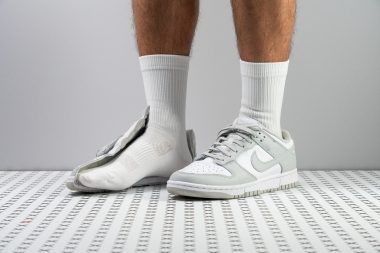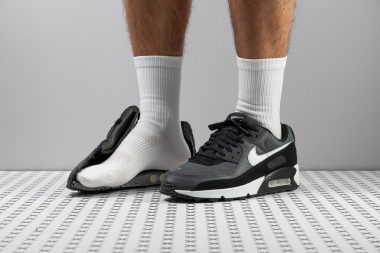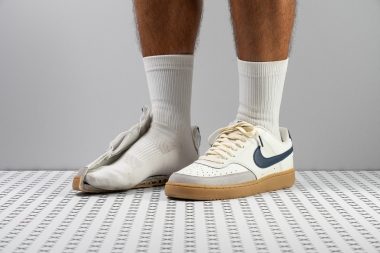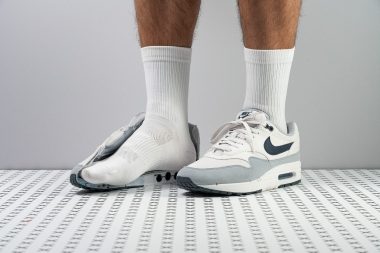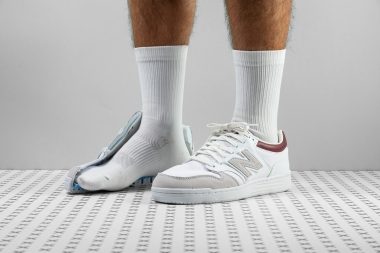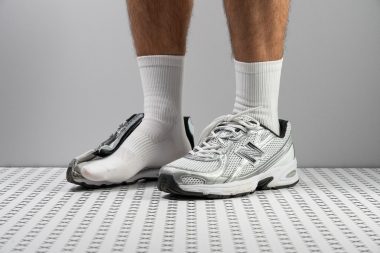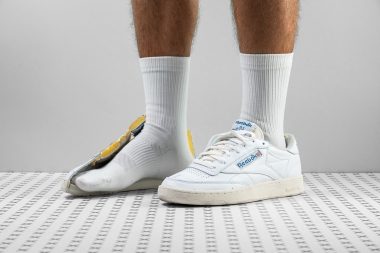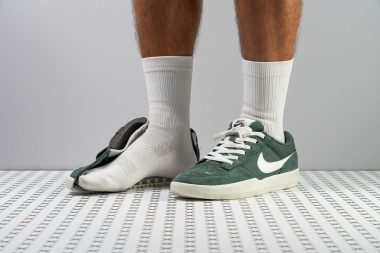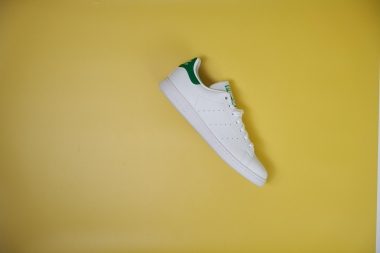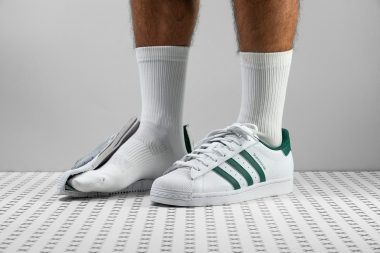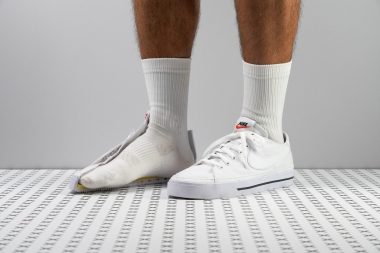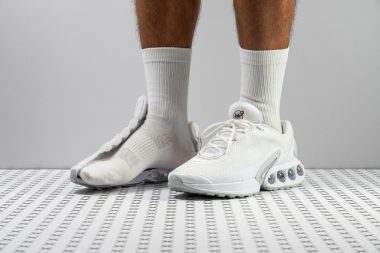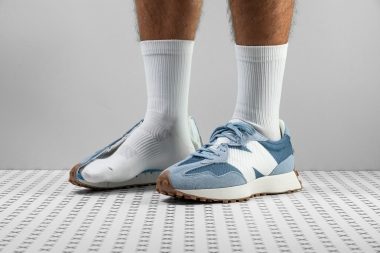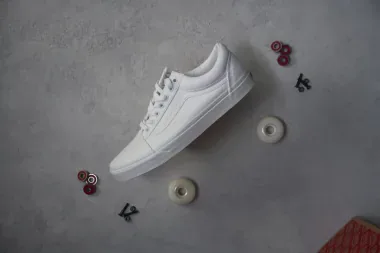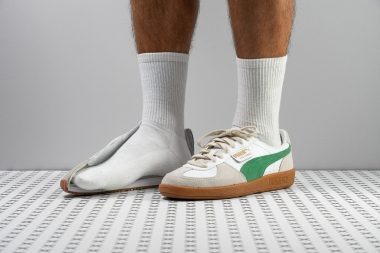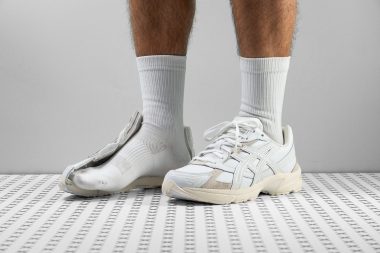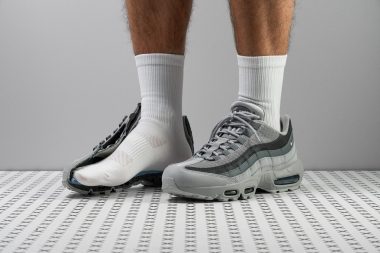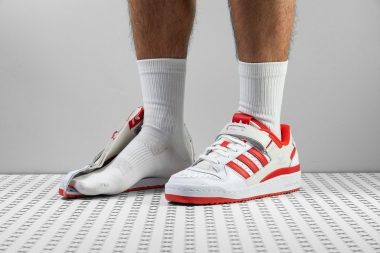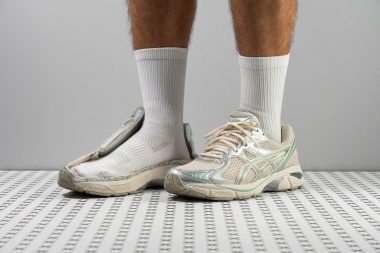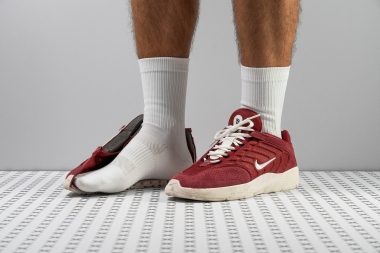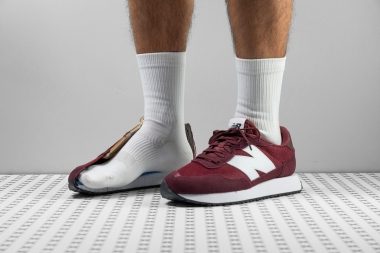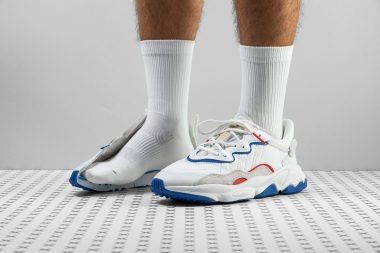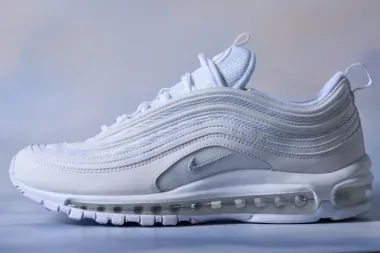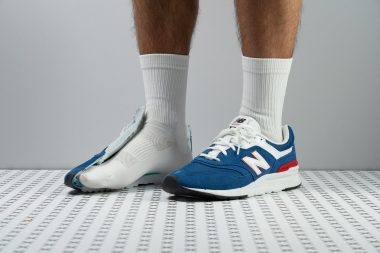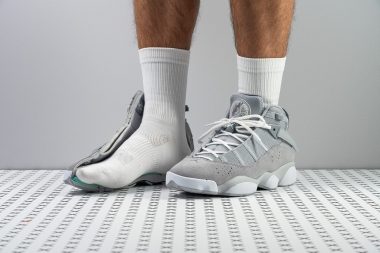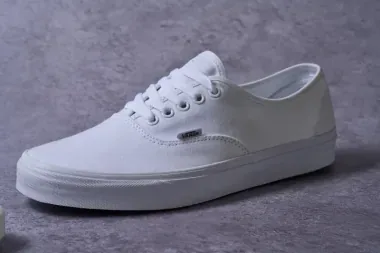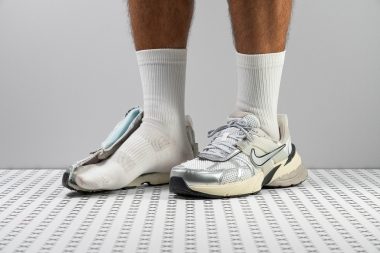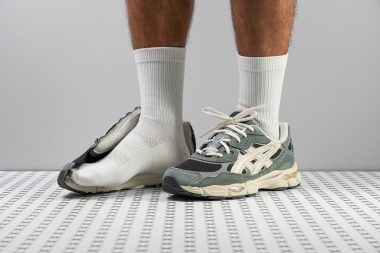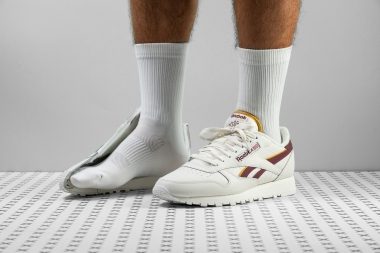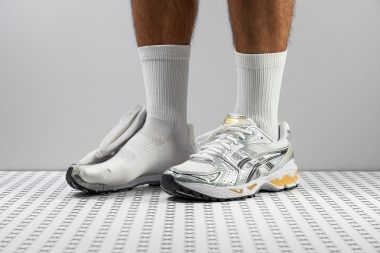Sneaker reviews
123 sneakers reviewed
We buy shoes ourselves. We earn commissions when you buy through us, at no extra cost. Why trust us
- 92Great$115 $59Save 49%
- 90Good$130 $75Save 42%
- 89Good$80 $54Save 33%
- 93Great$140 $63Save 55%
- 89Good$90 $27Save 70%
- 88Good$110 $74Save 33%
- 91Great$75 $32Save 57%
- 94Superb$80 $60Save 25%
- 92Great$100 $35Save 65%
- 93Great$90 $45Save 50%
- 88Good$60 $48Save 20%
- 90Good$160 $75Save 53%
- 90Good$90 $80Save 11%
- 93Great$70 $50Save 29%
- 92Great$90 $30Save 67%
- 95Superb$100
- 88Good$190 $105Save 45%
- 94Superb$110 $53Save 52%
- 94Superb$130 $83Save 36%
- 96Superb$85 $61Save 28%
- 90Good$75 $35Save 53%
- 95Superb$120 $40Save 67%
- 89Good$175 $110Save 37%
- 90Good$90 $27Save 70%
- 92Great$170 $129Save 24%
- 91Great$55 $38Save 31%
- 92Great$120 $70Save 42%
- 95Superb$130
- 91Great$75 $29Save 61%
- 94Superb$154
Overall review lists
- Wedge sneakers
- Retro sneakers
- Basketball sneakers
- High top sneakers
- Winter sneakers
- Leather sneakers
- Running sneakers
- Suede sneakers
- Minimalist sneakers
- Sustainable sneakers
- Canvas sneakers
- Low top sneakers
- Air Jordan
- Dad shoe reviews
- Cheap sneakers
- New sneakers
- Tennis sneakers
- Nike Air Max
- Skate shoe reviews
- Laced sneakers
Brand review lists
Affordable designer kicks. Winterized retro runners and lightweight basketball high-tops. Skate classics or re-releases? You can count on our extensive list of in-depth lab reviews to get you going. Our firsthand experiences and results from testing these kicks in the lab and out on the streets allowed us to shed light on the pros, cons, and other vital statistics to tailor easy-to-understand and user-friendly reviews.



